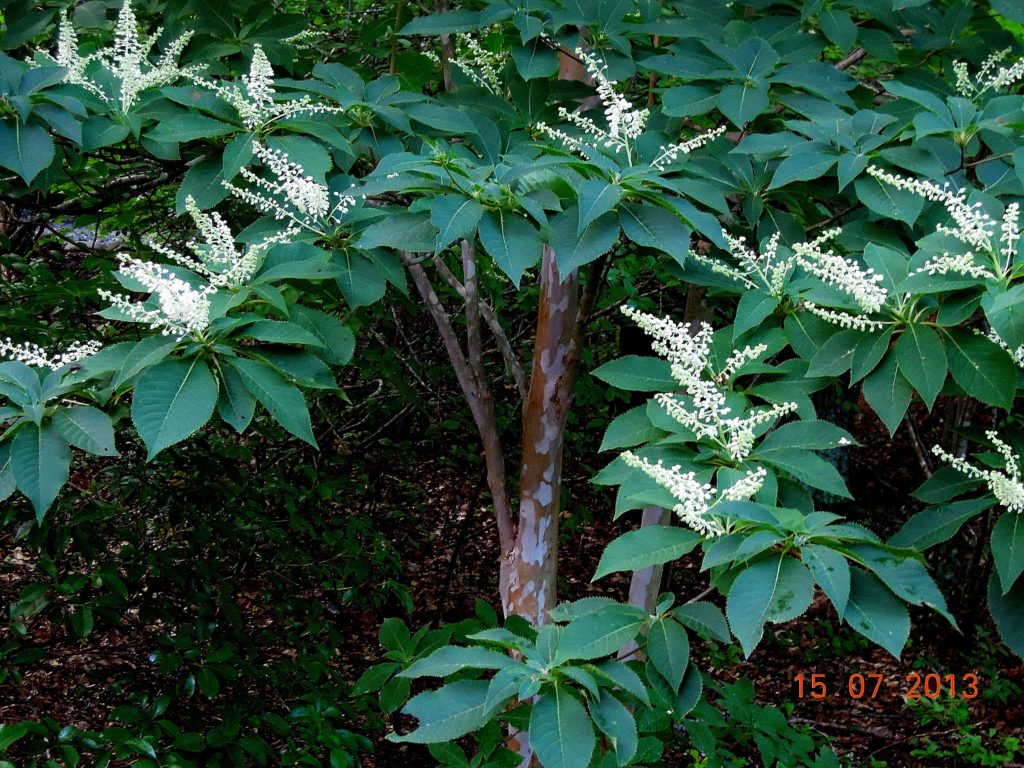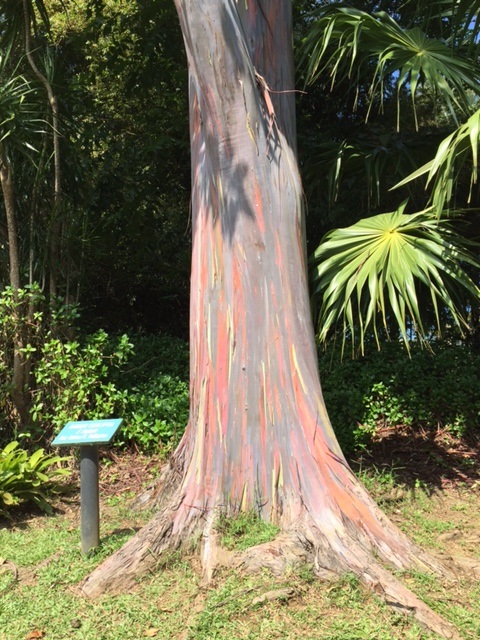NEWS ALERT: The Environmental Protection Agency’s Scott Pruitt should be shown the door — or, these days, shown the tweet. In addition to having a history of ethically questionable conduct, including misuse of public funds, we now learn that Pruitt has accepted a financial benefit (bribe?) from a lobbyist. Isn’t that a fatal no-no? Even in Trumpville?
Not that we can expect any Pruitt replacement to protect the environment. (See post, Jan.\Feb. 2018: “Toxic Chemical Alert”). A recent appointee to EPA’s Scientific Advisory Board actually said that our air is “too clean.”
All the more reason for us to hug a tree. Trees inhale toxic carbon dioxide and exhale life-supporting oxygen. As Peter Wohlleben observed in The Hidden Life of Trees: “Every walk in the forest is like taking a shower in oxygen.” Moreover, in the home garden, trees provide needed shade and a habitat for songbirds and other wildlife. They also endow the garden with a sense of permanence, beauty, and ofttimes fragrance.
In this post I’d like to focus on one of my favorite “Peelers” — an interesting tree with exfoliating bark and multi-seasons of interest — that has been problem-free in my organic garden for over twenty years:
Clethra barbinervis (Zones 5-8) is a deciduous tree, native to Japan and a kissin’ cousin of our native shrub, Clethra alnifolia. While not as well known as C. alnifolia, this showy, 10-20 foot, deer-resistant beauty deserves our attention. C. barbinervis has dark green, trouble-free foliage and abundant racemes of fragrant, snowy white flowers in July and August. The tree is a reliable bloomer; the fragrance is carried on the air and attracts bees, butterflies, and me.
When the flowers fade, attractive seed capsules are produced and persist until frost. My tree’s foliage never displays Fall color, though the garden literature speaks of it. But the mottled, exfoliating bark is handsome year round. (Photo below of bark, foliage, and flowers.)
Provide acid, well-drained, moist, rich soil. A shady site is best. Avoid dry areas; water during drought.
Finally, if anyone gardens in Zones 9-10, you can grow the extraordinary, ne plus ultra exfoliating tree, Eucalyptus deglupta (Rainbow Eucalyptus). (Photo below).
UPDATE April 13, 2018: Corrupt Scott Pruitt is still on the job at the Environmental Protection Agency. Hurry up and pay your Federal income tax: Pruitt wants your hard-earned dollars to support his in-your-face opulent lifestyle—first class plane tickets, deluxe hotels here and abroad, expensive five course dinners in Italy for him and 6 of his Agency pals, etc. etc. etc. All on the public dime. He is a National disgrace!

